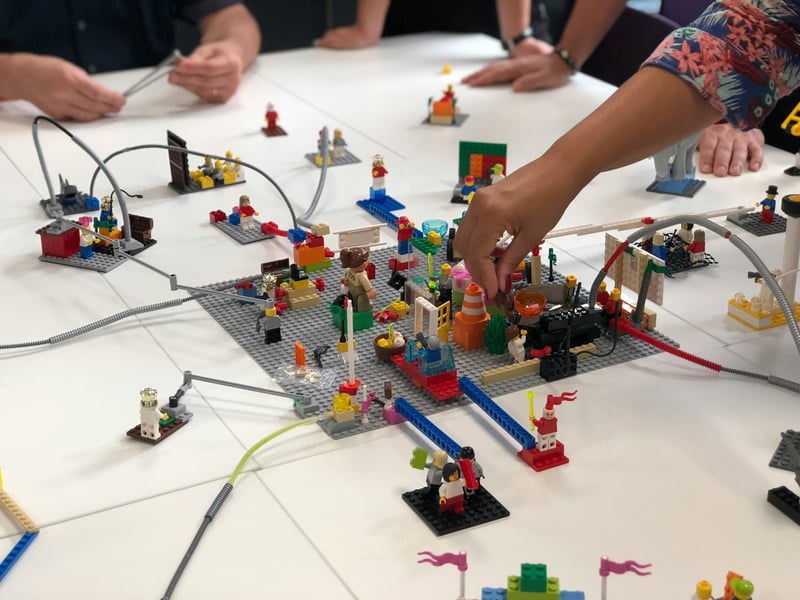System Design Roadmap for Beginners
System design sounds overwhelming. If you are an engineer who has decided to learn system design, this blog will help you start with a structured plan of essential topics.
An important thing to remember is that system design has nothing to do with the "programming language." System design requires knowledge of the fundamentals of software design, independent of the language you use.
Important Concepts
Every system (software) should be designed while keeping in mind the following:
Performance – Ensuring fast response times and efficiency.
Scalability – Designing systems to handle growing workloads.
Reliability – Making sure the system functions correctly under different conditions.
Observability – Monitoring system behavior through metrics, logs, and traces.
Maintainability – Ensuring the system is easy to update and debug.
Logging – Capturing important events and errors for troubleshooting.
Telemetry – Collecting and analyzing real-time system data.
These are the goals of every application and software you will design, whether it is front-end or back-end.
Concepts for a Deep Dive
Once you have a basic understanding, explore these topics in depth:
- API Design – Structuring APIs for scalability and efficiency.
- Load Balancers – Distributing traffic effectively.
- Servers – Understanding types of servers and their roles.
- Caching Strategies – Optimizing response times with caching layers.
- Databases – SQL vs. NoSQL, indexing, replication, and partitioning.
How to Start?
Now, you might be thinking, "Oh! This is a lot!" Yes, it is—but taking small, manageable steps is the key. The best way to start is by training your system design thinking, especially if you're from a non-backend background.
System Design Through a Real-World Analogy
Imagine you are a chef at a new restaurant. As a chef, your responsibilities include:
- Ensuring the kitchen operates without disruptions.
System-design concepts: System availability & reliability (CAP Theorem, Fault Tolerance)
Just like a kitchen should always function despite small failures (e.g., a missing ingredient or a broken appliance), a system should be designed to be available and resilient even when some parts fail. Concepts like fault tolerance and CAP theorem help achieve this balance.
2 . Maintaining harmony among the staff.
System design concept: Distributed systems and consistency models.
A well-managed kitchen has different chefs handling various tasks, such as baking, grilling, and plating, yet everything must come together harmoniously. In distributed systems, multiple servers manage data and requests while maintaining consistency to ensure the system functions as one.
3 . Keeping ingredients fresh and well-stocked.
System design concept: Database caching and indexing
A restaurant ensures essential ingredients are always available and quickly accessible, similar to how databases use caching and indexing to provide fast data retrieval and improve performance.
4 . Ensuring customer orders are prepared and served efficiently.
System design concept: Load balancing and API request handling
When a restaurant receives multiple orders, chefs must manage them efficiently without overloading any single person. Similarly, load balancers distribute user requests across multiple servers to ensure smooth system performance.
5 . Managing customer expectations and handling peak-hour demand.
System design concept: Auto-scaling and performance optimization.
A restaurant must be ready to handle increased customers during peak hours by adding extra staff or prepping ingredients in advance. Similarly, auto-scaling enables a system to handle high traffic by dynamically adjusting resources.
6 . Designing a menu that balances variety and efficiency.
System design concept: Architecting a scalable and maintainable system**
A restaurant menu should be carefully designed to offer variety without overwhelming the kitchen. If the menu is too large, it slows down operations. Similarly, system architecture should be structured efficiently to avoid unnecessary complexity while ensuring scalability and maintainability.
7 . Setting up an ordering system for seamless customer interactions.
System design concept: API design and microservices
Just as customers need a simple way to place orders (dine-in, takeaway, online), applications use well-designed APIs to handle requests efficiently. A well-structured API ensures smooth communication between different system components, just like an ordering system ensures a seamless experience for customers.
Just like a chef ensures smooth restaurant operations, a system designer ensures a scalable, efficient, and resilient system. By understanding these concepts step by step, you will build a strong foundation in system design.
Summary
System design isn't something you master overnight. Start small, focus on understanding real-world applications, and gradually explore complex architectures.
Keep learning, building, and experimenting!
Happy coding! 🚀

